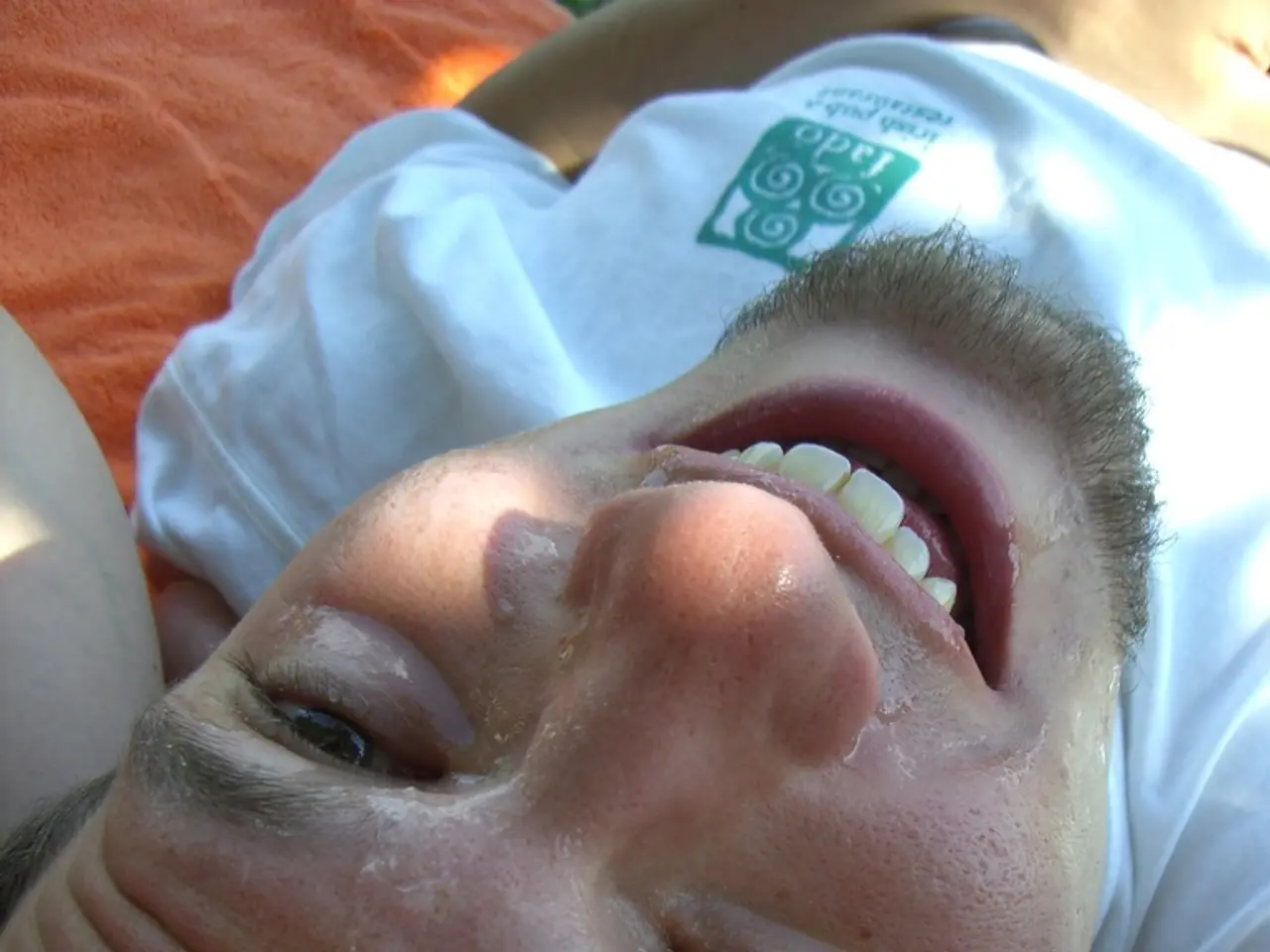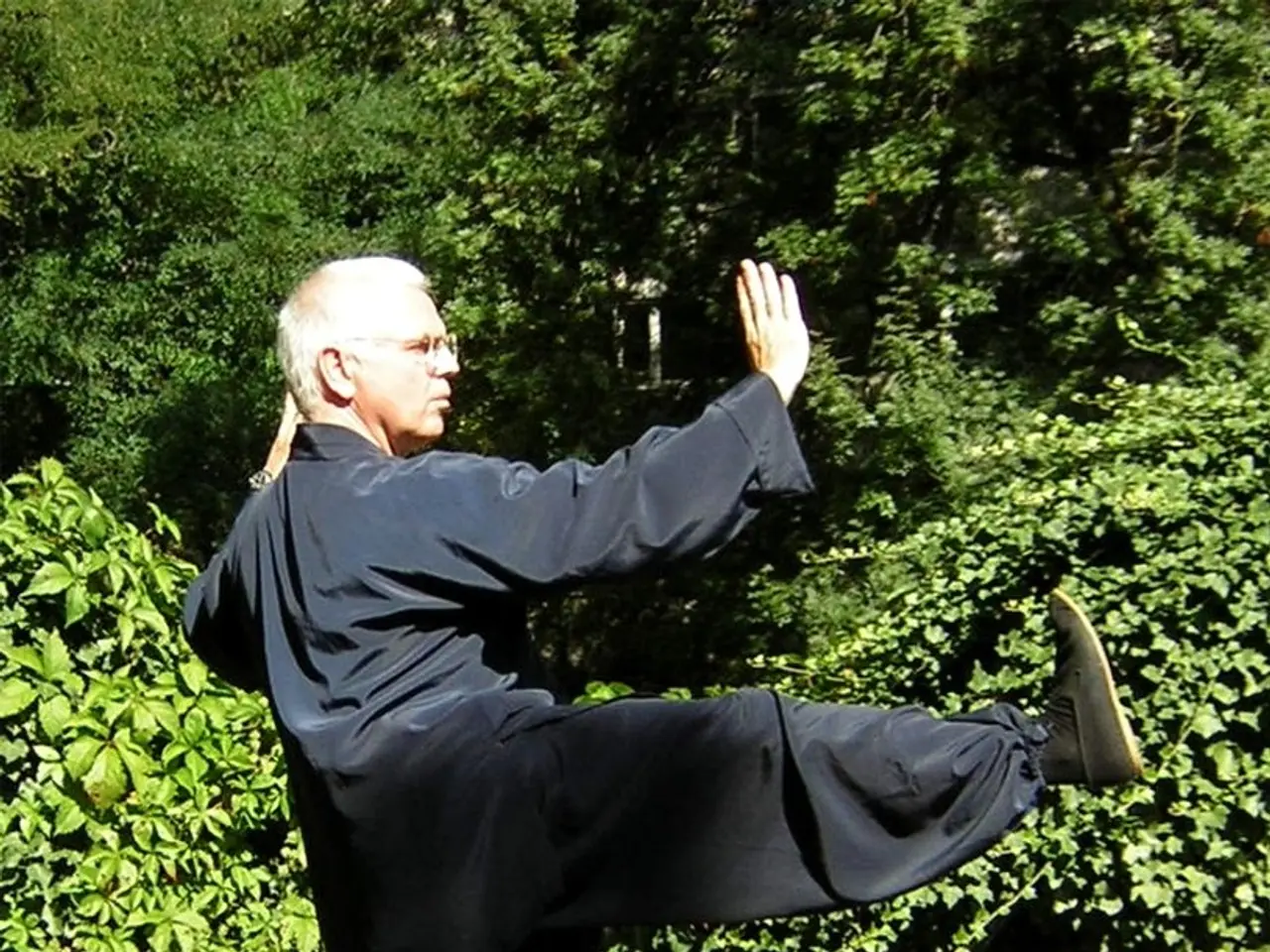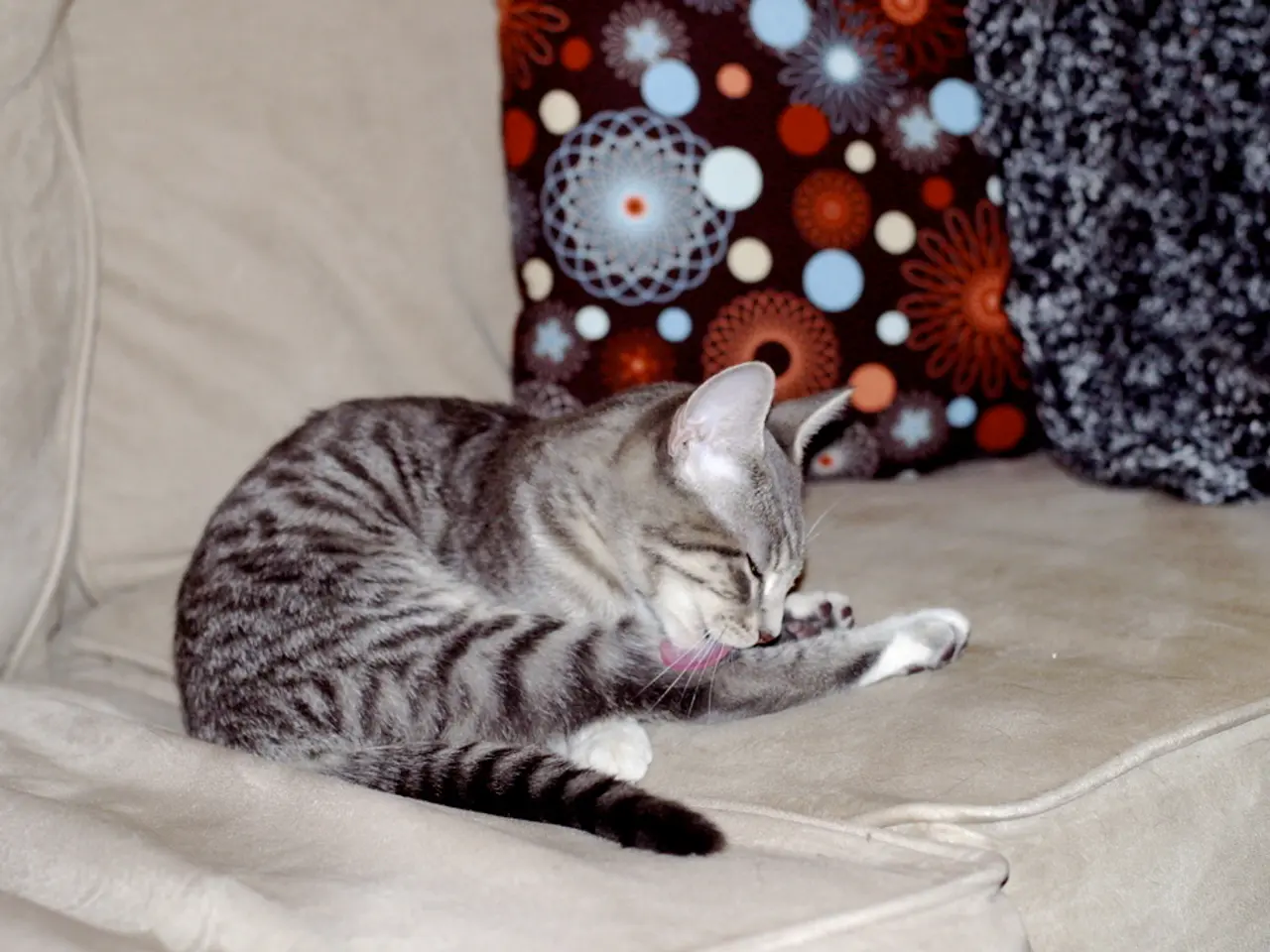Perpetuated Myth Explosively Debunked: No Correlation Between Looking Left and Deception in Lie Detection
In the realm of lie detection, myths and misconceptions often abound. One such myth is the belief that eye movements, particularly looking to the left, indicate deception. However, this notion lacks scientific backing and is considered a myth by the scientific community.
The origin of this myth can be traced back to Neuro-Linguistic Programming (NLP), a communication theory developed in the 1970s. NLP proposed that eye direction could reveal whether a person is recalling actual memories or constructing imagined ones, implying dishonesty. However, empirical studies have failed to find consistent patterns linking specific eye movements to truthfulness or deception.
Professionals in lie detection rely on validated methods that go beyond glances and guesses. When it comes to high-stakes situations, they turn to scientific tools like the polygraph, which records respiration rate, cardiovascular activity (heart rate and blood pressure), and electrodermal activity (sweating). Conducted under rigorous standards, polygraph accuracy can reach 87-95%.
However, professional lie detection cannot rely on eye movement behavior. Language content is more revealing than body language in detecting deception. Indicators of deception in language include vague or overly general language, lack of sensory detail, contradictions within the narrative, and overuse of qualifying statements. Structured interviews using open-ended questions are key to uncovering these inconsistencies.
A 2012 study by Richard Wiseman and colleagues found no connection between eye direction and lying. Similarly, in a large-scale real-world test, Vrij's team found no difference in eye movement between those who were lying and those telling the truth. Professor Aldert Vrij, a respected expert in deception research, has consistently rejected NLP-based claims and found no evidence that eye movements are reliable cues to lying.
Eye movement patterns vary widely between individuals. Stress, anxiety, and concentration, not deception, affect eye direction. This is why professionals ignore the eye movement myth. It lacks scientific validation and reproducibility in controlled studies. Eye movement patterns are influenced by many factors unrelated to lying, such as cognitive load and visual processing. Using unproven indicators can lead to false judgments and reduce detection accuracy.
Therefore, experts emphasize validated methods supported by rigorous research and meta-analyses, which assess behavioural, verbal, and physiological cues under standardized conditions. The persistent popularity of the eye movement-lie connection in popular culture contrasts with the scientific community's consensus that it is unreliable and misleading.
In summary, the scientific consensus dismisses eye movement direction as an indicator of deception due to lack of empirical support. Professionals rely on validated, evidence-based methods for detecting lies that offer greater accuracy and reliability.
- The misconception that eye movements, particularly looking to the left, indicate deception is a myth, despite its popularity.
- NLP, a communication theory developed in the 1970s, wrongly proposed that eye direction could reveal dishonesty, but empirical studies have failed to find consistent patterns.
- Professionals in lie detection, in high-stakes situations, utilize scientific tools like the polygraph that record various physiological responses.
- Polygraph accuracy, when conducted under rigorous standards, can reach an impressive 87-95%.
- Indicators of deception in language are more revealing than body language, such as vague or overly general language and contradictions within the narrative.
- A 2012 study by Richard Wiseman and colleagues and a large-scale real-world test found no connection between eye direction and lying.
- Eye movement patterns vary widely between individuals and are influenced by many factors unrelated to lying, like stress, anxiety, and cognitive load.
- Experts advise relying on validated, evidence-based methods, assessing behavioral, verbal, and physiological cues under standardized conditions, for detecting lies.
- The persistent popularity of the eye movement-lie connection in popular culture contrasts with the scientific community's consensus regarding its unreliability and misleading nature.
- In conclusion, the scientific consensus dismisses eye movement direction as an indicator of deception due to the lack of empirical support; professionals rely on validated, evidence-based methods for detecting lies offering greater accuracy and reliability in the fields of forensic science, mental-health, health-and-wellness, therapies-and-treatments, and lie detector testing.




